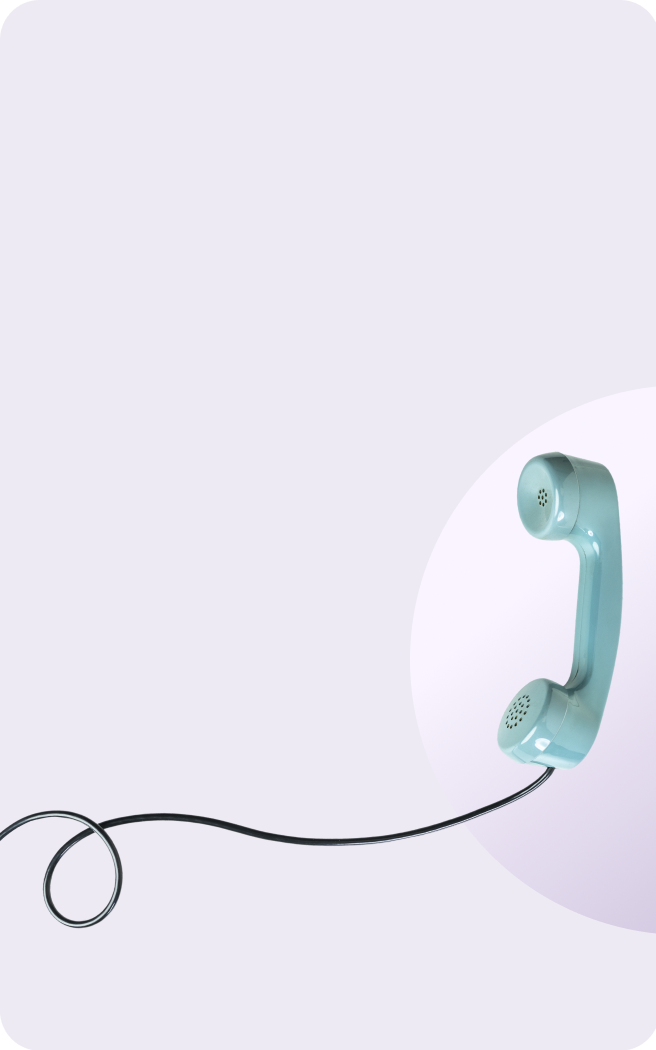Kitchens
- Category Name
- Kitchens
Get an approximate budget for your kitchen design by sharing your space details.
Speak to our design professionals
Share your info, we’ll book your slot.
Will you be living in your space during the renovation?
 Previous Question
Previous Question
 Previous Question
Previous Question
Please Select Date and Day
Appointment Date & time

What happens when a doctor, a dentist and a microbiologist turned artists walk into a wild bungalow in Cooke Town and decide to call it their studio…
In a house tucked away in Cooke Town, Bengaluru, a peepul tree rises improbably from a blue plastic drum. The courtyard teems with overgrown pots and stubborn weeds. A stencilled graffiti by the anonymous street artist “Guesswho” lingers on the front wall. Inside, artworks hang from string lines to dry in the darkroom and visitors are welcome to sit and leaf through a book in silence. This is Kanike Studios, where the mediums are chemistry, scent, memory and the slow magic of analogue photography.
Founded in 2019 by lens-based artists Vivek Muthuramalingam, Indu Antony, Krishanu Chatterjee and Aparna Nori, the modest studio has quietly grown into one of the few spaces in India dedicated to historic 19th century photographic processes—from salt and albumen prints to Van Dyke brown, silver gelatine and wet plate collodion.
The studio’s name, Kanike, is a Kannada word with no exact English translation. It means offering, donation or gift depending on the context. “For us, it was about giving something to ourselves,” says Vivek. “The gift of time, of practice, of a space that didn’t belong to just any one of us but that we all needed.”
In 2019, each of the artists was, in their own way, between places. Vivek had just returned from a residency in Munich, where he found himself adrift in an enormous studio converted from an old potato-flour factory. The experience was so lonely and oversized that he longed for something small and shared. Aparna had stepped away from a studio arrangement that no longer worked. Krishanu was being yelled at by his wife for turning a bathroom in their house into a darkroom. Indu, who had done a residency at in Berlin a few years earlier, still carried a quiet longing for community.
The first iteration of Kanike was in an apartment, a modest space the group used from 2019 to 2021. It functioned but never quite shook off its residential languor. Then one day, while walking through the neighbourhood, Vivek spotted a vacant bungalow with its own entrance, a front yard, a garage space and the kind of landlord artists only dream about.
“She was in her 80s, didn’t want to sell to a builder and told us she had too many memories in this house to knock it down,” says Vivek. The house had once been used as an office and the pandemic had left it empty. The artists promised to handle the repairs and not make any major structural change, except one. They asked to build a darkroom. “She was even okay with us converting a full bedroom into a darkroom which, believe me, most landlords would not understand.”
The house itself, a low, single-storey building with a terrace and a loft room above, holds three active labs: the darkroom, the olfactory lab and a ceramic studio. The darkroom, built in what used to be a spare bedroom, is the beating heart of the house. It has its own plumbing, red glass panes to block daylight and a custom-built sink for developing prints. “We laid synthetic flooring to protect the original tiles from chemicals,” Vivek explains. “Everything else, we worked around.”
The rest of the bungalow retains the feel of a lived-in home that’s slowly morphed into something else. The main room, once a living area, is now split into their workstations. Vivek’s corner is toward the back, quiet and ordered, where large windows allow soft natural light to fall on his work table. Krishanu’s space is crammed with all manner of objects, prints and even a stack of dusty CCTVs salvaged from a nearby kabaadiwala. Indu’s area sits somewhere between the two—neither chaos nor control—lined with jars, terracotta busts, steam distillation tubes and tools she prefers to keep out in the open. “I don’t like cupboards,” she laughs. “I want everything within reach. Because when a thought comes, I need to touch something to keep it alive.”
Under the stairs sits a quiet library where visitors are welcome to sit and read without conversation. Artworks are hung salon-style in the hallways with framed prints, cyanotypes and works in progress. The terrace above is open and a small landing has been converted into a residency room for visiting artists—a quiet pod with a desk and a bed, used occasionally for naps or retreat.
The trio share more than space, they also share a scientific background. All three trained in the medical sciences before turning to photography and art. Vivek completed his MBBS, Indu was a dentist and Krishanu a microbiologist. That lineage runs deep and their workstations are full of petri dishes, steam distillers, chemicals, glassware and control experiments. “We’re artists, yes, but we’re also lab people,” Indu says. “We think through our hands.”
These days, the studio’s walls hold more than just signs of process. Tucked into corners and hallways are fragments of the artists’ own works and pieces that have returned from exhibitions or simply never left. Nothing is labelled. Nothing is curated. But if you linger, you begin to notice the threads. Their practices may differ, but their sensibility is shared—slow, handmade, rooted in memory.
At the studio’s reception, Vivek’s salt prints from the series “The Vanishing Sea” are displayed inside a lightbox. Photographed on the shores of Cambay in Gujarat, the series was inspired by the 14th-century traveller Ibn Battuta’s descriptions of the port as a once-bustling hub of trade and fragrance. “I was thinking about what had disappeared,” Vivek says. “Cambay was once bustling. But today it feels eerily still.” The prints are rendered in soft monochrome, their emptiness deliberate and their stillness heavy. In another hallway, his albumen prints—sepia-toned and mounted like 19th-century stereograms—revisit his own memories of growing up in Bangalore. Each image is paired with a short piece of text. “They’re not photos of the memory,” he says. “But they open the door to it.”
Indu’s practice is deeply sensorial. In her corner, she’s set up a fully functional olfactory lab using steam distillation techniques. Her early works explored scent as trauma, including a project to recreate the smell of her abuser using collected samples of male sweat. Later came Vasane, a scent map of Bangalore bound in a book with 12 smells. Her most recent work involved distilling pastoral scents from the Deccan plateau like cow dung, pulikulam wool and grazing soil. She also sculpts, and terracotta works line one side of her studio—busts of women who died in dowry-related violence, each with a diya placed at the centre. “These were women who never got a proper funeral,” she says. “This was our way of remembering them.”
Krishanu’s work tends toward abstraction and raw process. He works with wet plate collodion, gum oil, salt and silver gelatine. His prints are often ghostly and unpredictable, shaped as much by chemistry as by image. At the entrance to the darkroom hangs a suite of his gum oil prints of Java City, the now-defunct Bangalore café where the Kanike crew once gathered in their early years. “Back when we didn’t have smartphones,” he says. “Back when we met in real life.”
Kanike as it stands today was born out of the need for a shared studio space that wasn’t just about square footage but about sensibility. The studio’s rhythm is slow, deliberate and almost anti-productive in its philosophy. There are no assistants, no deadlines, no pressure to produce.
Visitors to Kanike now include students, neighbours, artists and friends—some stop by to learn or work, some to loiter. “Even the three of us, inherently, are very different people,” Indu says. “Sometimes our thoughts don’t align, our pace of work doesn’t align.”
Still, the trio pauses for chai every few hours. They share tools, supplies, the occasional critique and sometimes, nothing at all. “We’re not collaborators in the conventional sense,” Krishanu says. “But we’ve figured out how to occupy the same house without stepping on each other’s work.”
The garden, unsurprisingly, is a shared favourite. “I have over 300 plants at home,” says Indu. “So I bring them here too. A lot of these plants are just foundlings I picked up on the way from Namma Katte.” That’s the other space she runs: a leisure centre for women, one kilometre away, built during the pandemic as a safe place to rest, gossip or do nothing. Inside and out, there are things that belong, and things that just showed up. Julie, the studio cat, roams freely. That peepul tree that Krishanu rescued from the boundary wall now towers over the roof. “It’ll take over the place,” Vivek says. “But I suppose it has the right to live too.”
All images by Ritesh Uttamchandani
For expert design consultation, send us your details and we’ll schedule a call
Yes, I would like to receive important updates and notifications on WhatsApp.
By proceeding, you are authorizing Beautiful Homes and its suggested contractors to get in touch with you through calls, sms, or e-mail.
Our team will contact you for further details.
We were unable to receive your details. Please try submitting them again.

















